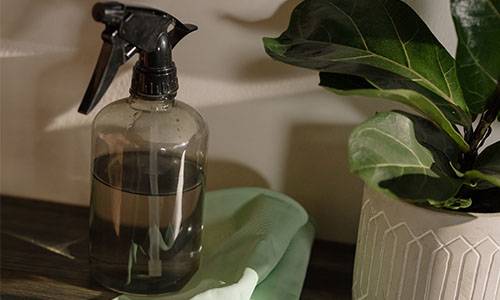

How to choose a watering can at wholesale?
1. Spout Options
How the watering can deliver water is an important consideration. Some water, some sprinkle, and some have a feature at the end of the spout called a rosette that makes it easy to switch between the two. For example, houseplants benefit from a single spout that delivers water directly to the soil in a direct stream.
If you use the same spout for seedlings that require a gentler approach, you’re likely to uproot or break the stems of fragile plants. Consider using a longer spout if you want to extend the water supply, such as across a flower bed or to water houseplants in hard-to-reach places.
2. Size
Water weighs a lot, so the larger the watering can, the heavier it will be when filled. It is important to determine how much water you can carry and what capacity will meet your needs. The added weight of a larger watering can mean fewer faucet trips for refills, but it may be overkill when you’re only watering a few houseplants.
Most watering cans can hold 1 to 2 gallons of water. Those on the smaller end are ideal for houseplants, and larger capacity watering cans are best for establishing newly planted shrubs, flowers, and seedlings.
3. Watering Materials
Plastic watering cans are lightweight and durable, and as long as they are not stored in direct sunlight, they will not rust and can be used indefinitely. UV rays can degrade plastic, which can cause watering cans to crack and weaken. They also tend to be cheaper than metal watering cans.
For gardeners looking for a vintage look, galvanized steel cans, while heavier than plastic cans, will not rust like tin cans. When not in use, a galvanized can look great wherever the gardener puts it. Consider a copper or brass watering can that can be used as a decorative piece when not in use. Copper cans will develop a lovely patina as they age.
4. Leak-free design
One-piece construction is a big selling point for plastic watering cans, as there are no gaps to leak water. Such cans are molded from one continuous piece of plastic. In contrast, any non-galvanized metal cans are more likely to rust and eventually leak.
If the watering can be used for indoor plants, a curved spout is important. This will prevent leaks when you take a full watering can off the tap or when you move it from one plant to another.
5. One handle versus two handles
The best watering cans will be comfortable to hold and handle. For larger capacity cans, the two-handle design is especially helpful for water flow control. It also takes the strain off your hands and wrists.
Gardeners can use the top handle to carry the jar and the bottom handle to assist with watering to get just the right flow. Some large jars have a continuous handle that curves from the top of the jar to the back near the bottom to support two-handed watering. Smaller cans, such as those with capacities less than 1 gallon, usually have a single handle.

